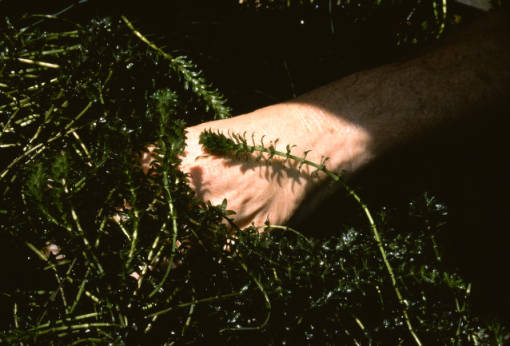 Clarks Hill Lake in Georgia was home to seven bald eagle nesting territories a few years ago. Today, only one nesting territory on Clarks Hill remains. The culprit is Avian Vacuolar Myelinopathy, or AVM, a mysterious syndrome that has killed thousands of coots and dozens of bald eagles in the southeastern United States, says a Georgia Department of Natural Resources newsletter.
Clarks Hill Lake in Georgia was home to seven bald eagle nesting territories a few years ago. Today, only one nesting territory on Clarks Hill remains. The culprit is Avian Vacuolar Myelinopathy, or AVM, a mysterious syndrome that has killed thousands of coots and dozens of bald eagles in the southeastern United States, says a Georgia Department of Natural Resources newsletter.
While the exact cause of the syndrome is unknown, it is connected to the cyanobacteria Stigonematales. Stigonematales likes to grow on hydrilla, an invasive aquatic plant. It appears as though the coots eat the hydrilla, which has Stigonematales growing on it. And the bald eagles eat the coots.
Bald eagle and coot deaths tend to peak around November of each year.
Read more about this mysterious syndrome and more non-game news in Georgia Wild, the newsletter of Georgia DNR’s non-game and natural habitats program.
Photo: Hydrilla draped over a man’s hand. Courtesy of the US Fish and Wildlife Service.

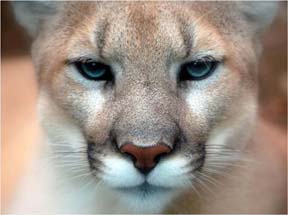 When it comes to mountain lions making use of suburban habitats, there is no difference between males and females, or resident and transient animals, but sub-adult mountain lions were more likely to be found in the suburbs, a study published in
When it comes to mountain lions making use of suburban habitats, there is no difference between males and females, or resident and transient animals, but sub-adult mountain lions were more likely to be found in the suburbs, a study published in 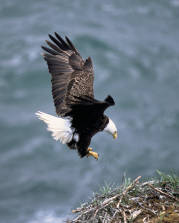 Bald eagle numbers are up in Georgia and Massachusetts, and a Wisconsin county has seen its first bald eagle nest in over 100 years.
Bald eagle numbers are up in Georgia and Massachusetts, and a Wisconsin county has seen its first bald eagle nest in over 100 years.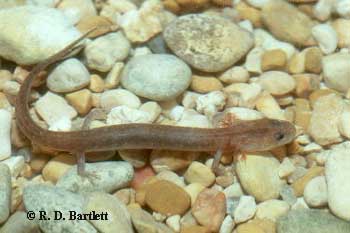
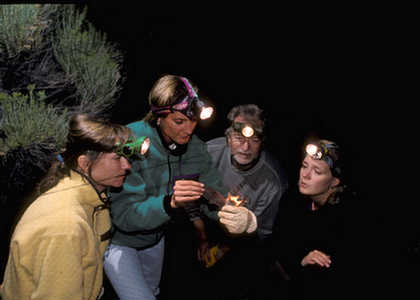 Bat Conservation International
Bat Conservation International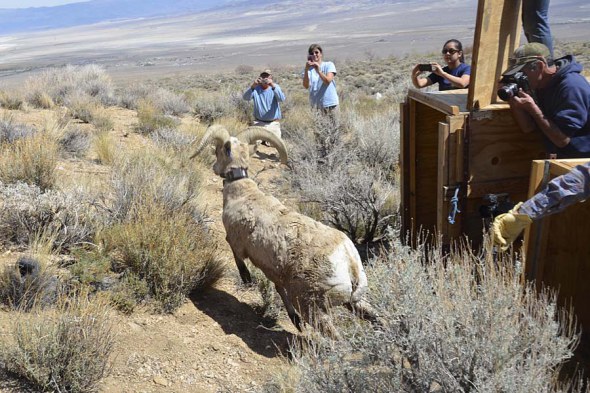 “Our recovery goals are both numeric and geographic,” said Tom Stephenson, California Department of Fish and Wildlife bighorn recovery program leader, in an article in
“Our recovery goals are both numeric and geographic,” said Tom Stephenson, California Department of Fish and Wildlife bighorn recovery program leader, in an article in 
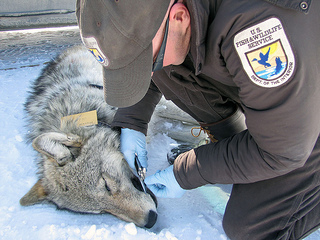 restoration efforts in the region began.
restoration efforts in the region began.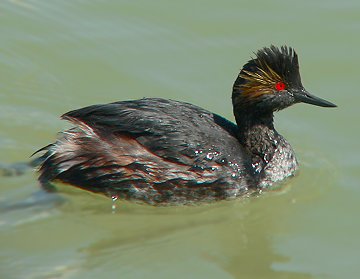 Some 5,000 eared grebes mistook pavement for water at the Dugway Proving Ground in Utah,
Some 5,000 eared grebes mistook pavement for water at the Dugway Proving Ground in Utah,